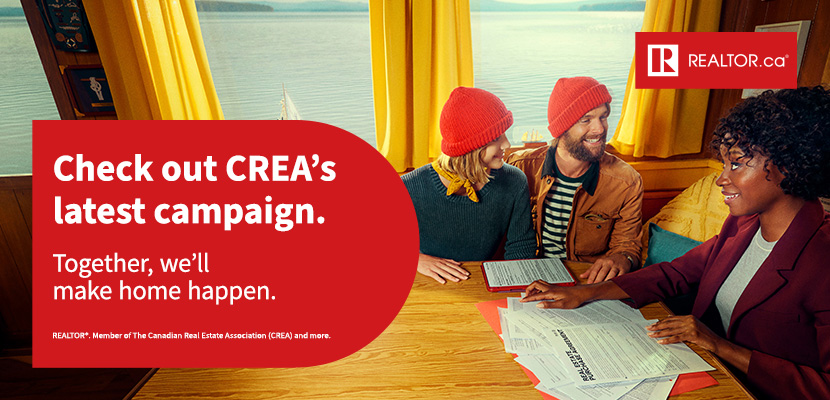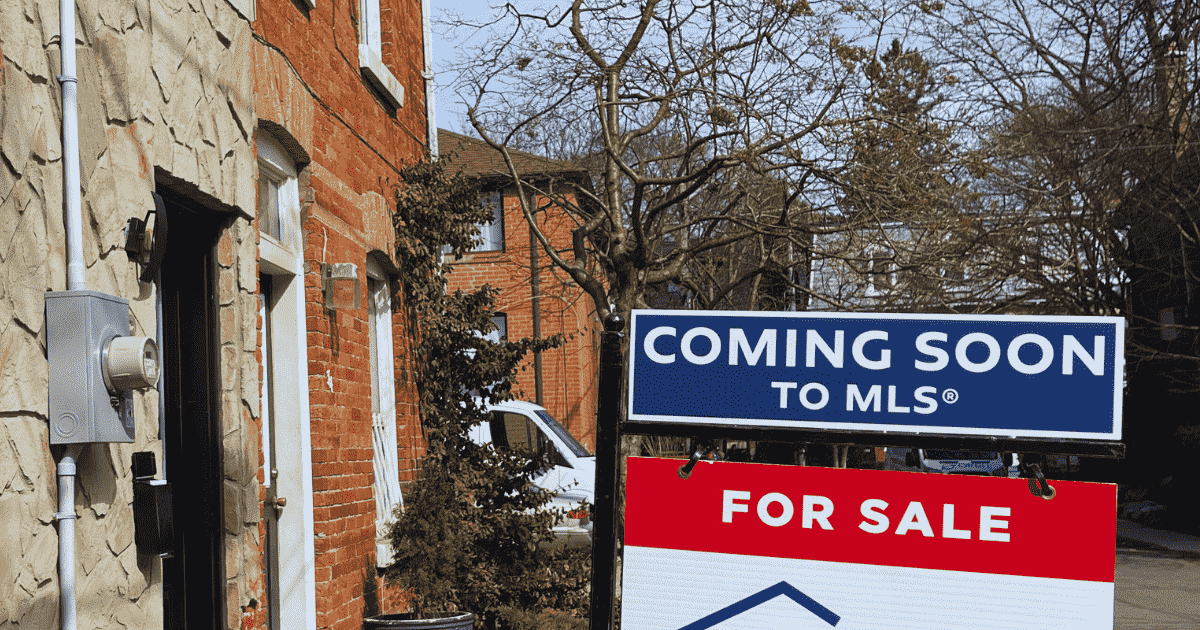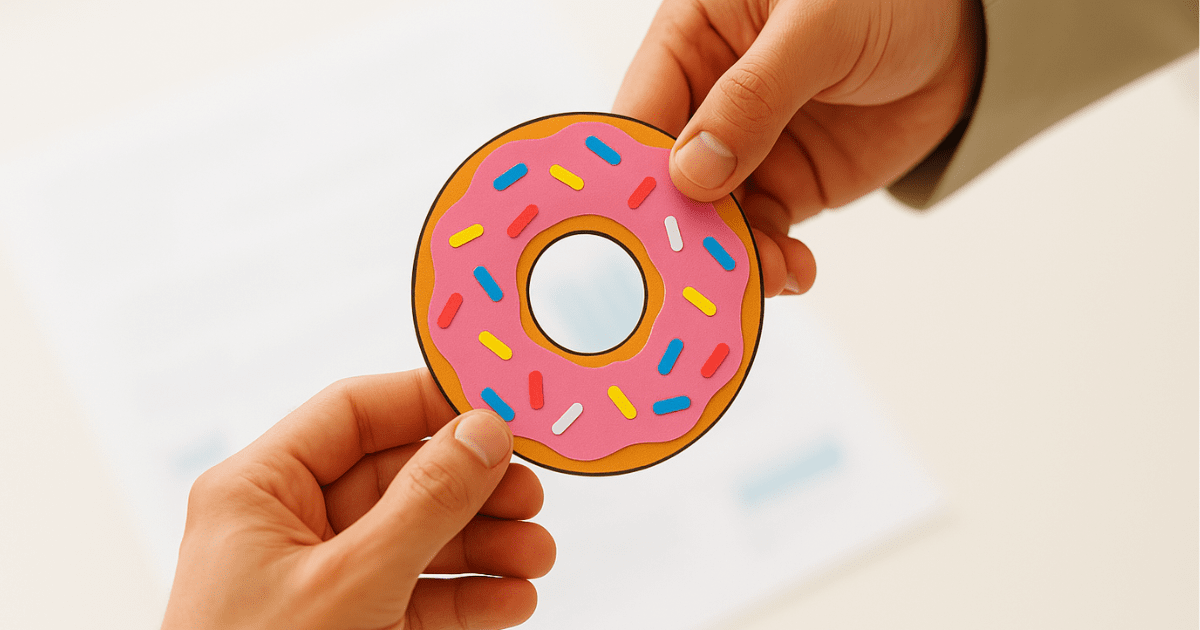You can get a lot of traction with potential clients by offering them practical information that helps them understand the challenges of an upcoming move. That’s especially true when the clients you’re trying to attract are seniors who are looking to downsize.
One proven lead generation tactic is to offer a valuable piece of information for free – a lead magnet – in exchange for a person’s name and contact information. The lead magnet can take the form of something like an ebook, a cheat sheet, a report, a webinar, or a newsletter.
If you’re serious about attracting seniors, you’ll want a lead magnet that provides helpful information about downsizing.
The challenge with downsizing seniors is that once they’ve accepted your freebie and they’re in your database, they may not be receptive to a follow-up phone call. Perhaps they’re not yet fully committed to the idea of downsizing. Or they simply don’t feel ready to talk to a realtor.
Instead, you may want to send them a series of educational emails that provides additional insights into downsizing. This gives your leads a chance to warm up to you over time. It also gives you a chance to demonstrate the value of your expertise. That way when they’re ready to talk with someone about downsizing, they’re more likely to contact you.
An opening that captures people’s interest
Keep in mind that these are educational emails. Their main purpose is to share helpful advice. In other words, don’t open by talking about yourself and your services. People are likely to tune out anything that sounds the least bit like a sales pitch.
Suppose some of the seniors you’re trying to attract are likely considering downsizing to a condo. You could open an educational email on the topic like this:
Subject: 2 mistakes to avoid when shopping for a condo
Hi [First Name]
If you’re downsizing, you may be leaning toward buying a condo. After all, what’s not to like about continuing to own a home of your own and having someone else look after property maintenance?
Well, it’s not quite that cut and dried. Very often, the devil is in the details.
Here are two common mistakes first-time condo buyers make that you’ll want to avoid.
The subject line is critical. Very often, it’s the thing that decides whether the reader will open the email or not. It needs to be short, clear, and appealing.
For instance, the subject line of this sample email could have been “shopping for a condo”, but the “2 mistakes to avoid” at the beginning gives it a little more bite. People are usually interested in avoiding mistakes. And they love lists (even short ones) that dole out information in bite-sized chunks, which is why starting your subject with a number can be effective.
Notice how the first paragraph of the email zeroes in on one of the main appeals of condos for downsizers. This demonstrates you know what’s important to your reader. Then you introduce the notion that all may not be as it seems. This should make the reader curious.
Demonstrating your expertise
The meat of the email is where you describe the two mistakes and how to avoid them. Perhaps the two mistakes you choose to write about are: not understanding how property repairs are managed and not fully understanding a condo’s rules. This is where you deliver succinct advice that shows how your expertise can be of value to the reader.
Note that you’re not giving away the store. You’re not telling them everything they need to know about condos, just giving them a taste.
Towards the end, you might want to talk about how your experience with the local condo market can help them avoid poorly managed condos or access condo agreements more easily.
Wrapping up with a call to action
At the end of the email, you can invite them to give you a call or offer them another freebie. Or you can do both.
Other pointers
Cover no more than one topic per email. Aim to keep the emails relatively short. However, if you’re providing truly valuable information, people may be willing to read a longer email. A long-ish email might be around 450 words.
You can get more mileage out of your email by re-using chunks of it in social media posts.

Paul Cavanagh is a freelance writer who specializes in real estate marketing for seniors. Trained as an occupational therapist and urban planner, Paul has over 30 years of experience working with seniors and their families. You’ll find him at attractdownsizingseniors.com. To take the 3-minute quiz, go to getseniorleads.com.















